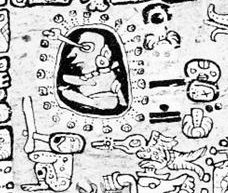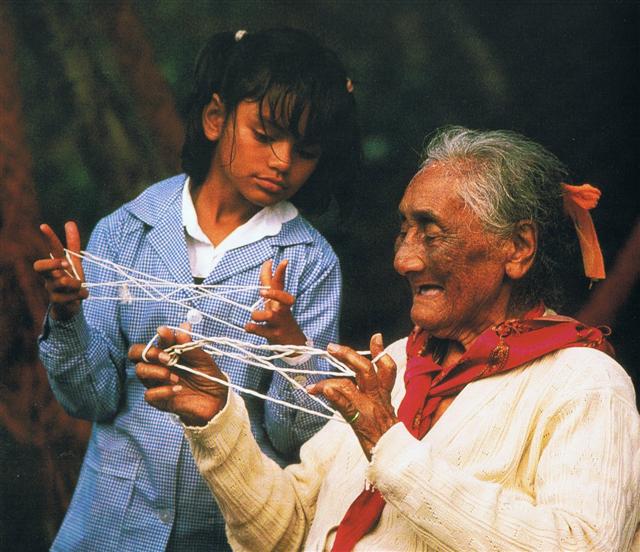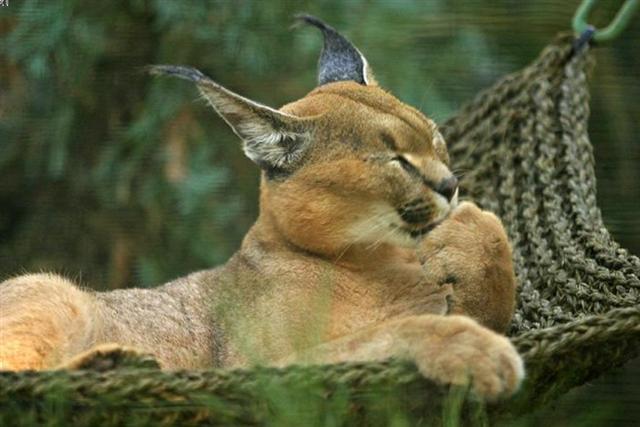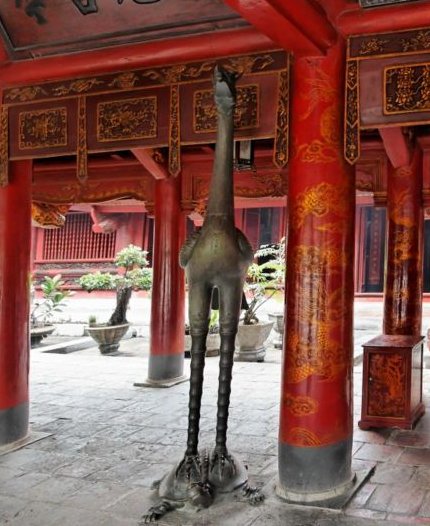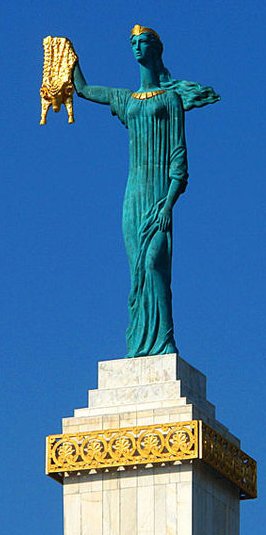160. So it was written in the stars for all to read for themselves, an eternal Record in Heaven.
... 'Most ingenious Thoth', said the god and king Thamus, 'one man has the ability to beget arts, but the ability to judge of their usefulness or harmfulness to their users belongs to another; and now you, who are the father of letters, have been led by your affection to ascribe to them a power the opposite of that which they really possess. For this invention will produce forgetfulness in the minds of those who learn to use it, because they will not practise their memory. Their trust in writing, produced by external characters which are no part of themselves, will discourage the use of their own memory within them. You have invented an elixir not of memory, but of reminding; and you offer your pupils the appearance of wisdom, not true wisdom, for they will read many things without instruction and will therefore seem to know many things, when they are for the most part ignorant and hard to get along with, since they are not wise, but only appear wise.' Now that Plato's apprehensions have become fact, there is nothing left of the ancient knowledge except the relics, fragments and allusions that have survived the steep attrition of the ages ... But it may have been intended to be so also with the rongorongo writings - not letters but pictures. It was based on a kind of time-space string (cord) theory of cosmos, not a barren mechanical structure of atoms far apart in a vast and seemingly empty lifeless universe. ... Long ago in the very beginning of time there dwelt within a shell an infant god whose name was Ta'aroa. He was Ta'aroa the unique one, the ancestor of all gods, the creator of the universe whose natures were myriad, whose backbone was the ridgepole of the world, whose ribs were its supporters. The shell was called Rumia, Upset. Becoming aware at last of his own existence and oppressed by a yearning loneliness Ta'aroa broke open his shell and, looking out, beheld the black limitless expanse of empty space. Hopefully, he shouted, but no voice answered him. He was alone in the vast cosmos. Within the broken Rumia he grew a new shell to shut out the primeval void ... ... When he had finished, Tu'u ko ihu loaded all the images on his back - the male images with ribs and the moai paepae with their fingers in a certain place; and he returned to his house at Ahu te peu. He left the moai standing in that house. Tu'u ko ihu dwelt quietly in his house for some time, and the people saw what he had done, they saw his work with the wood. Then they all went to this chief with pieces of toromiro to be carved. They wanted moai kavakava, they wanted moai paepae. They lit their earth-ovens and cooked for him many good things; seabirds, fish, yams and kumara. They brought this good food to Tu'u ko ihu so that he would carve images for them. The people got the moai when they offered an umu to the owner. If there was no earth-oven, he kept all those that he had made. He kept their pieces of toromiro. One day all the men who had given wood but got no images went to Tu'u ko ihu and said, 'O chief, give us back our images.' 'You wait.' Then Tu'u ko ihu went into his house and made all the images walk. They walked about inside the house! After this the people called that house the House of Walking Images. The images walked, they made turns and turns - karari-karari, karari-karari, all about the house. Their owners saw them doing this and said to one another, 'See - these images are moving in the house! What good fun this, the images that move!' They saw it, they were amazed, they were filled with admiration. 'How funny are these walking images!' In the evening those people who had made no ovens returned to their houses. Tu'u ko ihu did not give them their images ...
... The kaikai are the rythmic songs that are sung to cat's cradles, the string games that are found not only throughout the Pacific but throughout the world. On premissionary Rapa Nui the kaikai, together with their corresponding cat's cradles, were not simple children's games but were used, among other things, to produce magic effect. They were highly important for the study of Rapa Nui's rongorongo. This is because it was apparently with the aid of cat's cradles that the rongorongo experts taught their pupils to learn many of the chants accompanying the incised inscriptions ...
The star named Heavens's Record was denominated Φ in the immense constellation of Argo Navis. Vela means Sail. ... The substitution of the sun for the sail, both of which are called ra or raa in Polynesia, is a remarkable feature in Easter Island art ... Here myth should remind us: ... The Argonauts, with the Golden Fleece on board, had to pass the Symplegades, the clashing rocks. Once a ship with its crew came through unharmed - so the 'blessed ones' (makaroi) had decided long ago - the Symplegades would stay fixed, and be clashing rocks no longer. After that 'accepting the novel laws of the fixed earth', they should 'offer an easy passage to all ships, once thay had learnt defeat'. This is only one station on the long 'opening travel' of the Argonauts transporting the Golden Fleece (of a ram), undertaken in all probability to introduce the Age of Aries, but it demonstrates best the relevant point, namely, 'the novel laws' ...
|
|||||||||||||||||||||||||||||||||||||||||||||||||||||||||||||||||||||||||||||||||||||||||||||||||||
